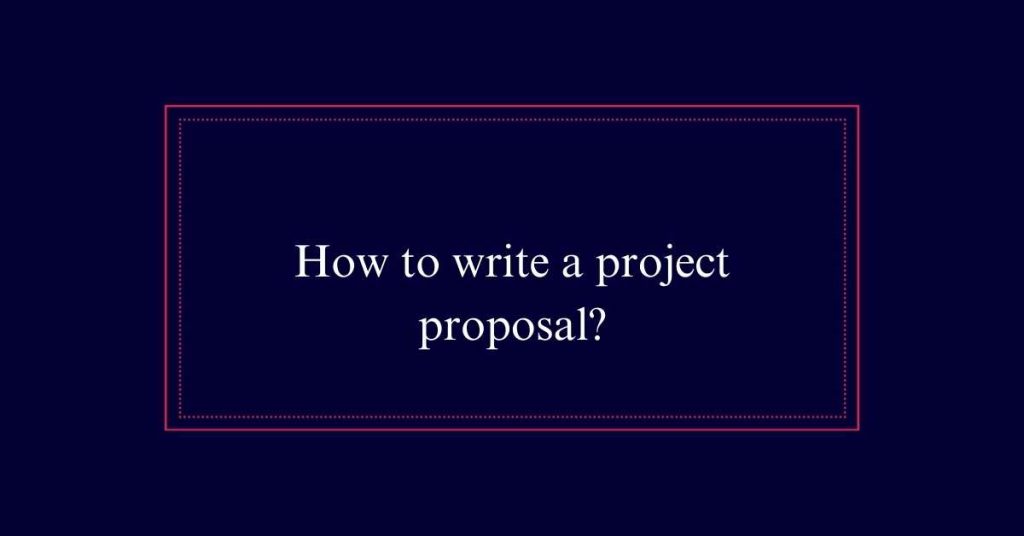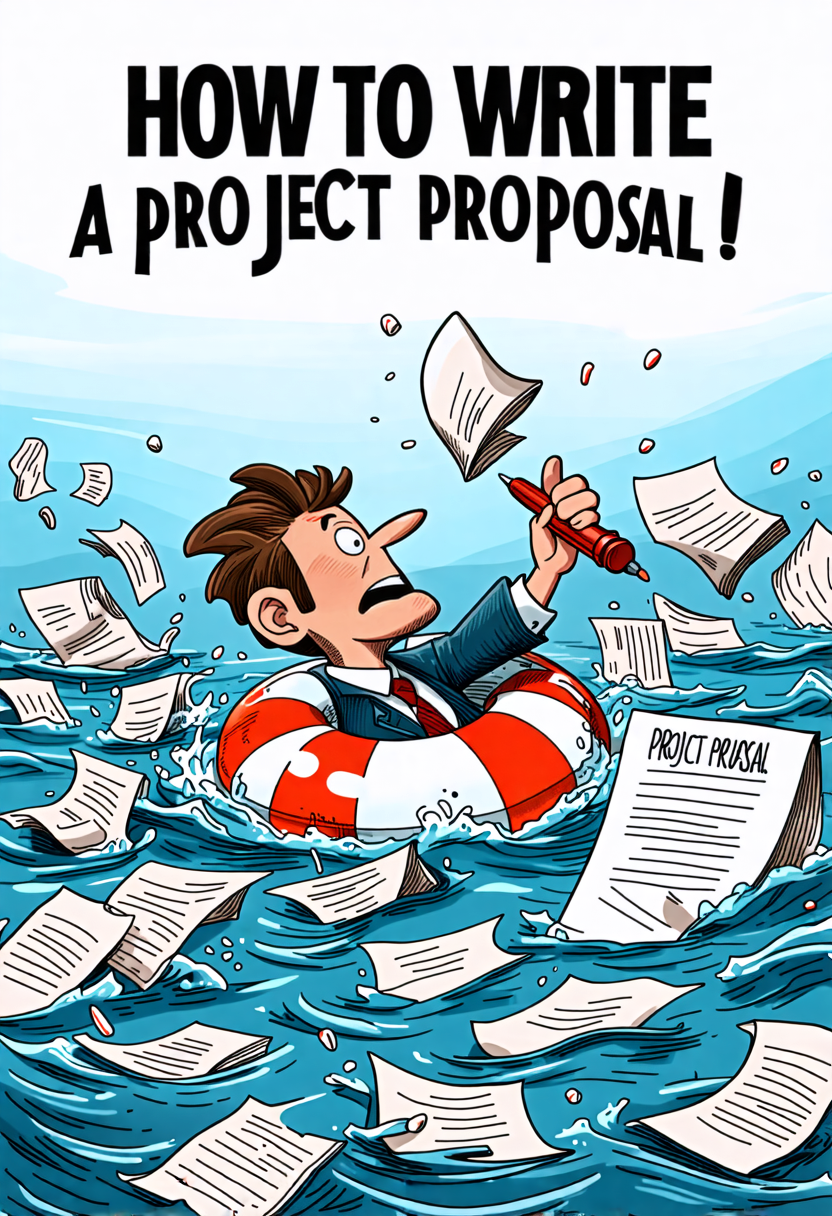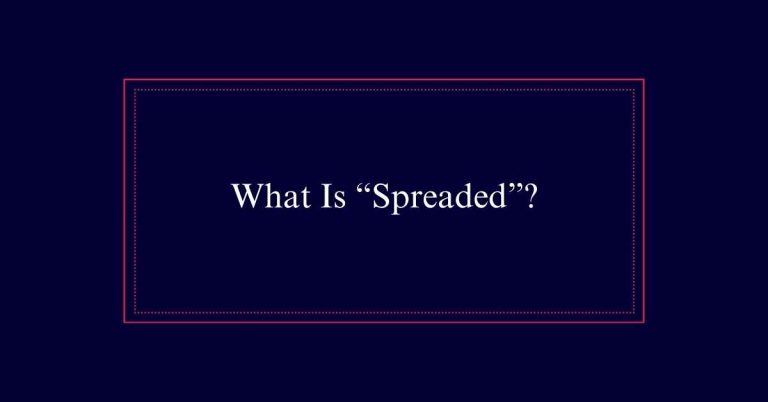How to write a project proposal?
To write a compelling project proposal, start with a clear understanding of the project’s purpose, importance, and methodology. Assess stakeholder expectations through interviews or surveys to align your proposal with their interests. Choose the appropriate type of proposal based on your audience. Create an outline with sections like Introduction, Project Scope, Methodology, Budget, Team, and Conclusion. Define SMART objectives and include supporting documents such as charts and graphs. Address any remaining issues and finalize the proposal to make sure it meets all submission requirements.
Understanding Project Proposals
Understanding project proposals is essential for effectively communicating a project’s vision and securing necessary support from stakeholders. A project proposal outlines the project’s concept, importance, methodology, costs, team, and success metrics. It is designed to persuade stakeholders such as bosses, investors, or sponsors to back the project.
Acting as a roadmap, the proposal details the resources needed and the plan to achieve project goals. It is vital for gaining project approval, funding, and other forms of support. By presenting a well-structured proposal, you can effectively pitch your project’s vision and demonstrate its value.
Clear and concise documentation can greatly enhance the likelihood of securing stakeholder commitment and ensuring the project’s successful initiation.
Assessing Stakeholder Expectations
To effectively secure stakeholder support, it is important to thoroughly assess their expectations and requirements. Begin by identifying all key stakeholders, including sponsors, team members, and end-users.
Engage them through interviews, surveys, or meetings to understand their needs, concerns, and objectives. Document their inputs meticulously. Analyze the gathered data to determine common themes and priority areas. This will help in aligning the project’s goals with stakeholder interests.
Addressing their expectations guarantees that the project proposal is relevant and compelling. It also builds trust and facilitates smoother communication throughout the project’s lifecycle.
Types of Project Proposals
Project proposals come in various types, each tailored to specific contexts and purposes. Solicited proposals respond to formal requests like Requests for Proposals (RFPs) issued by organizations. Unsolicited proposals are proactive pitches to potential clients or stakeholders without prior solicitation.
Internal proposals seek approval or resources within an organization to initiate projects. Grant proposals aim to secure funding for nonprofits, researchers, or scientists by outlining objectives and methods.
Research proposals are detailed plans for scientific or academic investigations, seeking approval or funding. Each type serves a unique function and audience, requiring specific approaches and structures to be effective. Understanding these distinctions helps in crafting a targeted and persuasive proposal.

Creating an Outline
Once you have identified the type of project proposal you need, the next step is to create a structured outline.
Start by listing the main sections:
- Introduction
- Project Scope
- Methodology
- Budget
- Team
- Conclusion.
Each section should have clear subheadings. For example, under methodology, include sub-sections like research methods and implementation plan. Use bullet points to organize thoughts and guarantee nothing is missed.
This approach helps in presenting information logically and succinctly. Tailor the outline to suit your audience and project specifics.
A well-organized outline serves as a roadmap, guaranteeing you cover all essential aspects effectively. It aids in maintaining focus and clarity while drafting the full proposal.
Defining Project Objectives
Defining clear project objectives is vital for guiding the project’s direction and guaranteeing its success. Objectives articulate what the project aims to achieve, providing a focused path. They help align the team and stakeholders toward common goals.
Start by identifying the key outcomes you expect. Make sure these objectives are specific, measurable, achievable, relevant, and time-bound (SMART). Clear objectives also facilitate performance tracking and evaluation.
They should be concise yet thorough, addressing the project’s scope and desired impact. Avoid vague language and ensure each objective contributes directly to the project’s overall aim. Well-defined objectives provide a foundation for planning, execution, and success measurement.
Identifying Risks and Challenges
Identifying risks and challenges is essential for anticipating potential obstacles and guaranteeing project success. Begin by pinpointing possible issues that could hinder progress. These might include technical difficulties, resource shortages, or external factors like regulatory changes.
Evaluate the likelihood and impact of each risk. High-impact risks require more focus and detailed mitigation strategies. Develop plans to address these risks, including alternative actions if they occur. Assign team members to monitor and manage each risk.
Regularly review and update your risk assessment to reflect new information. By proactively identifying and managing risks, you can minimize disruptions and keep the project on track. This structured approach ensures a higher probability of achieving project goals.
Listing Expected Benefits
Listing the expected benefits of a project is crucial for demonstrating its value to stakeholders. Clearly outline how the project will provide tangible and intangible gains.
Highlight specific deliverables, such as increased efficiency, cost savings, or revenue growth. Explain how the project aligns with organizational goals and addresses stakeholder needs.
Illustrate potential improvements in processes, customer satisfaction, or competitive advantage. Mention any long-term benefits, such as enhanced reputation or market position.
Guarantee that each benefit is measurable and achievable. By detailing these benefits, you make a compelling case for why the project deserves support and resources.
This section helps stakeholders see the direct impact and positive outcomes of the proposed project.
Developing a Project Schedule
After outlining the project’s expected benefits, the next step is to develop a detailed project schedule to guarantee timely and efficient execution. Start by identifying all key tasks and milestones.
Break down larger tasks into smaller, manageable components. Assign specific deadlines to each task and milestone. Allocate resources, including personnel and materials, to make sure each task is completed on time.
Use project management tools or software to create a visual timeline. This helps in tracking progress and identifying potential delays. Regularly review and update the schedule to reflect any changes or unforeseen challenges.
Establishing KPIs and Success Criteria
Defining clear KPIs and success criteria is crucial for measuring the project’s progress and performance. KPIs (Key Performance Indicators) provide quantifiable metrics that track the project’s success. Success criteria are the standards by which the project will be judged.
Here’s a simple table to illustrate:
| KPI | Success Criteria |
|---|---|
| Number of Tasks Completed | 90% of tasks completed by deadlines |
| Budget Adherence | Project stays within 5% of the allocated budget |
| Quality of Deliverables | 95% of deliverables meet quality standards |
| Stakeholder Satisfaction | 85% positive feedback from stakeholders |
Reviewing and Submitting the Proposal
Once the KPIs and success criteria are established, it’s crucial to review the entire proposal for accuracy and coherence before submission. Start by checking for any spelling and grammar errors. Confirm all information is accurate and consistent. Revise the content to maintain clarity and coherence.
Seek feedback from peers or stakeholders to identify areas for improvement. Include any supplementary documents, such as charts or graphs, to support your proposal. Verify these materials are well-organized and accessible. Confirm that the proposal aligns with the audience’s expectations and project requirements.
Address any remaining issues or concerns. Finally, prepare the proposal for submission, making sure it meets all specified guidelines and deadlines.
Frequently Asked Questions
How Do I Gather Data for a Project Proposal?
To gather data for a project proposal, conduct thorough research, review relevant literature, consult with experts, and analyze industry trends. Collect quantitative and qualitative data from credible sources to support your proposal’s objectives and feasibility.
When Should I Follow up After Submitting a Project Proposal?
Follow up one week after submitting your project proposal. This allows stakeholders time to review the document. A courteous email or call can demonstrate your interest and prompt feedback or further discussion.
How Do I Handle Stakeholder Objections to My Proposal?
To handle stakeholder objections, listen actively, address concerns with clear evidence, and be flexible. Provide additional data, adjust the proposal as needed, and emphasize the benefits. Maintain open communication to build trust and consensus.







